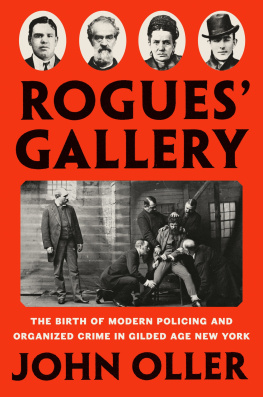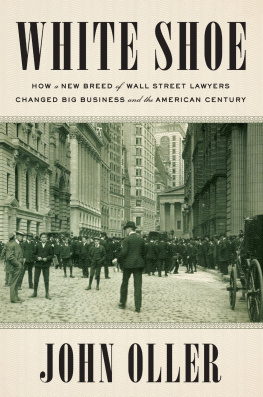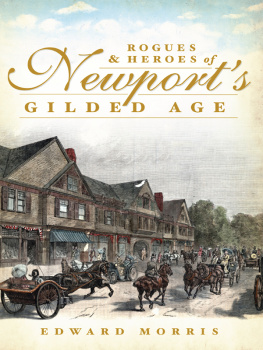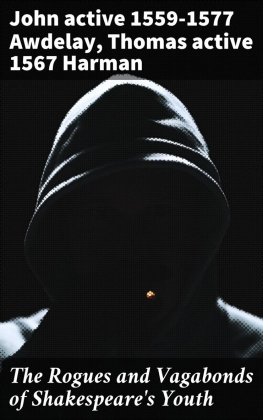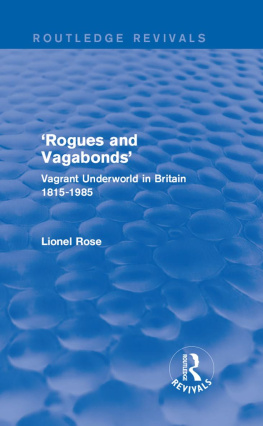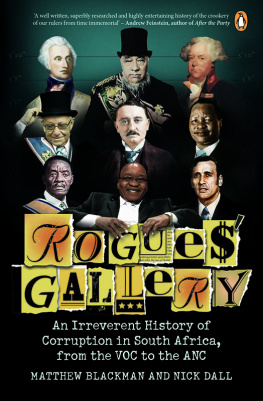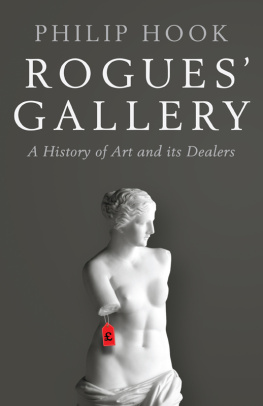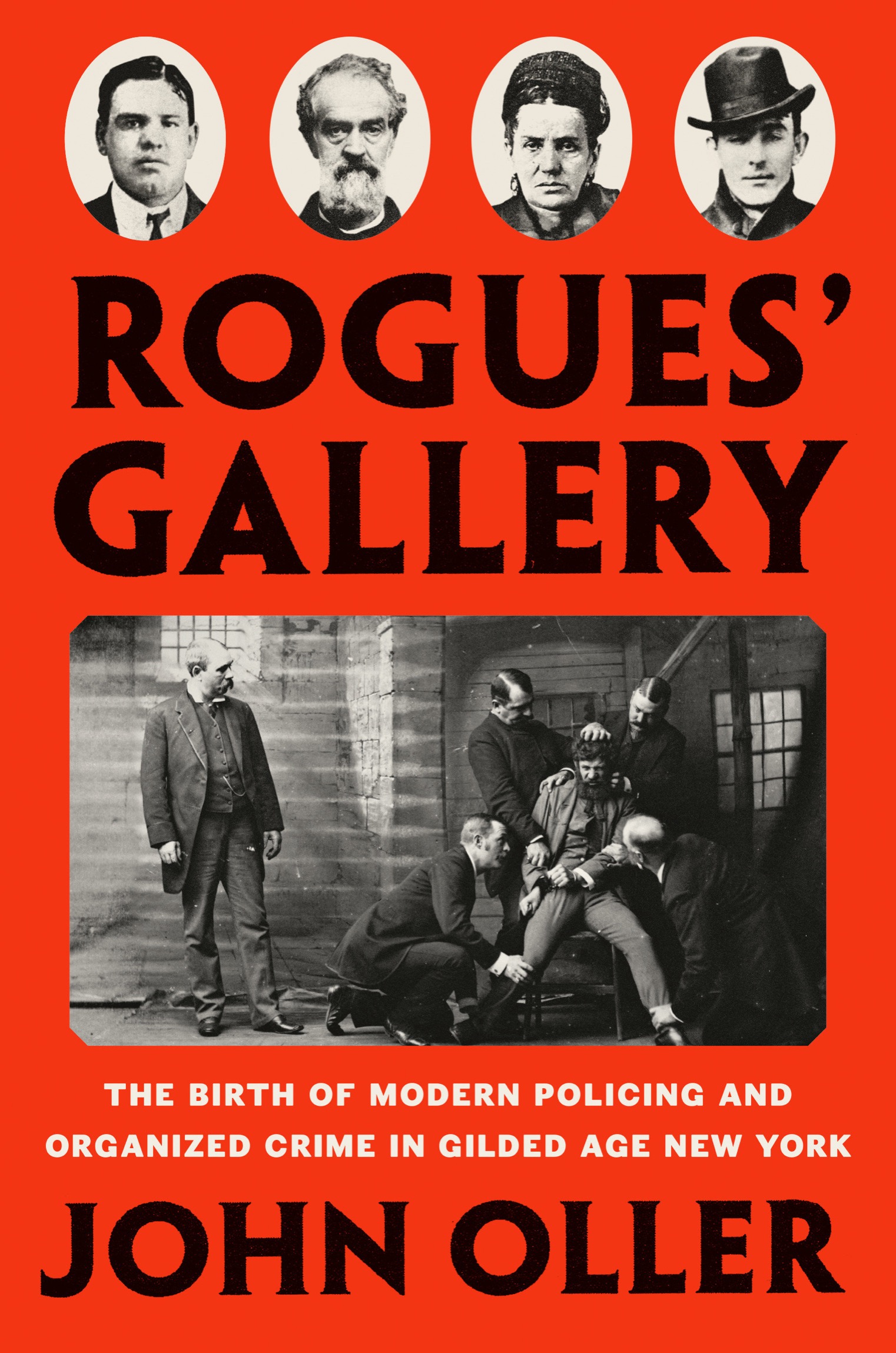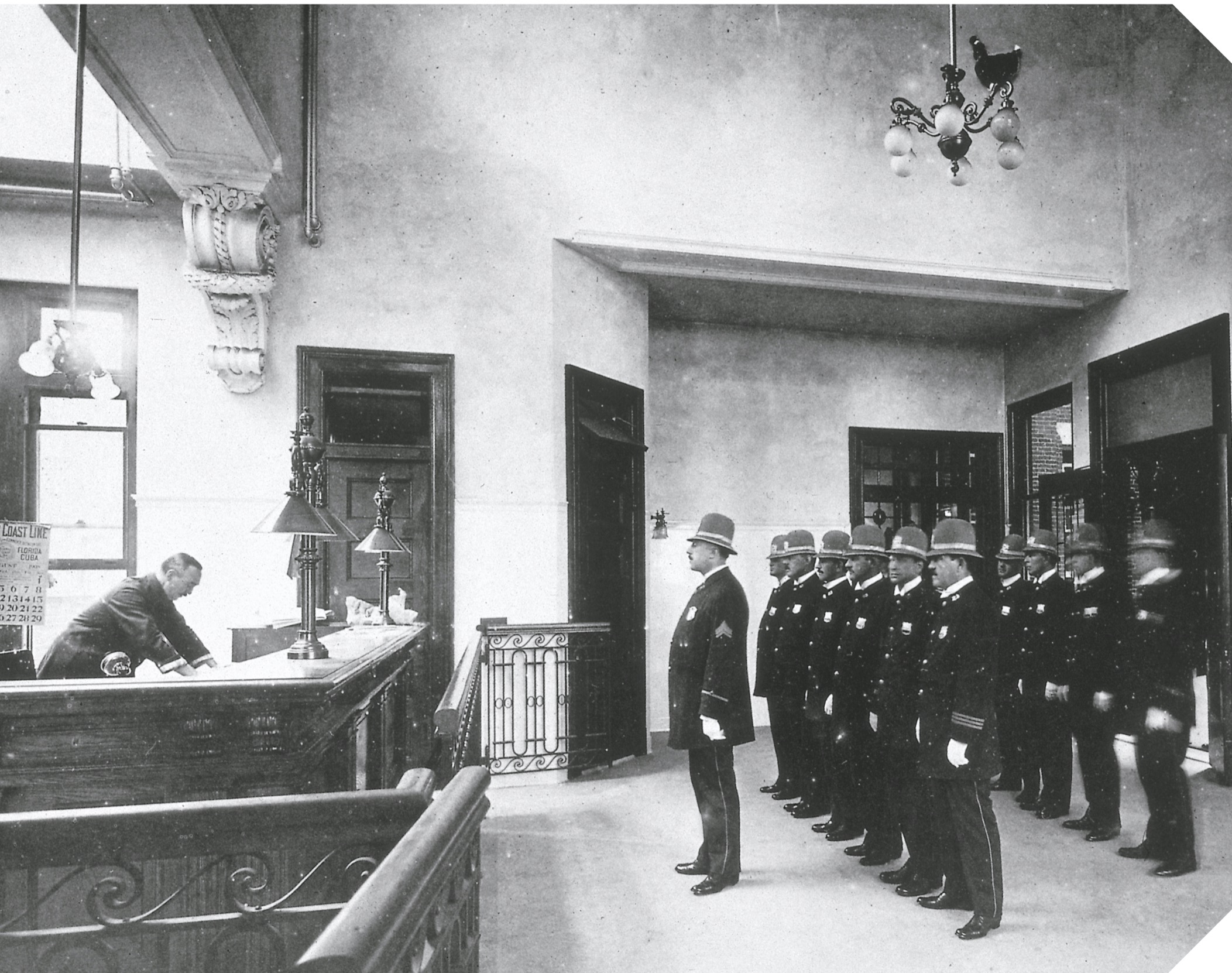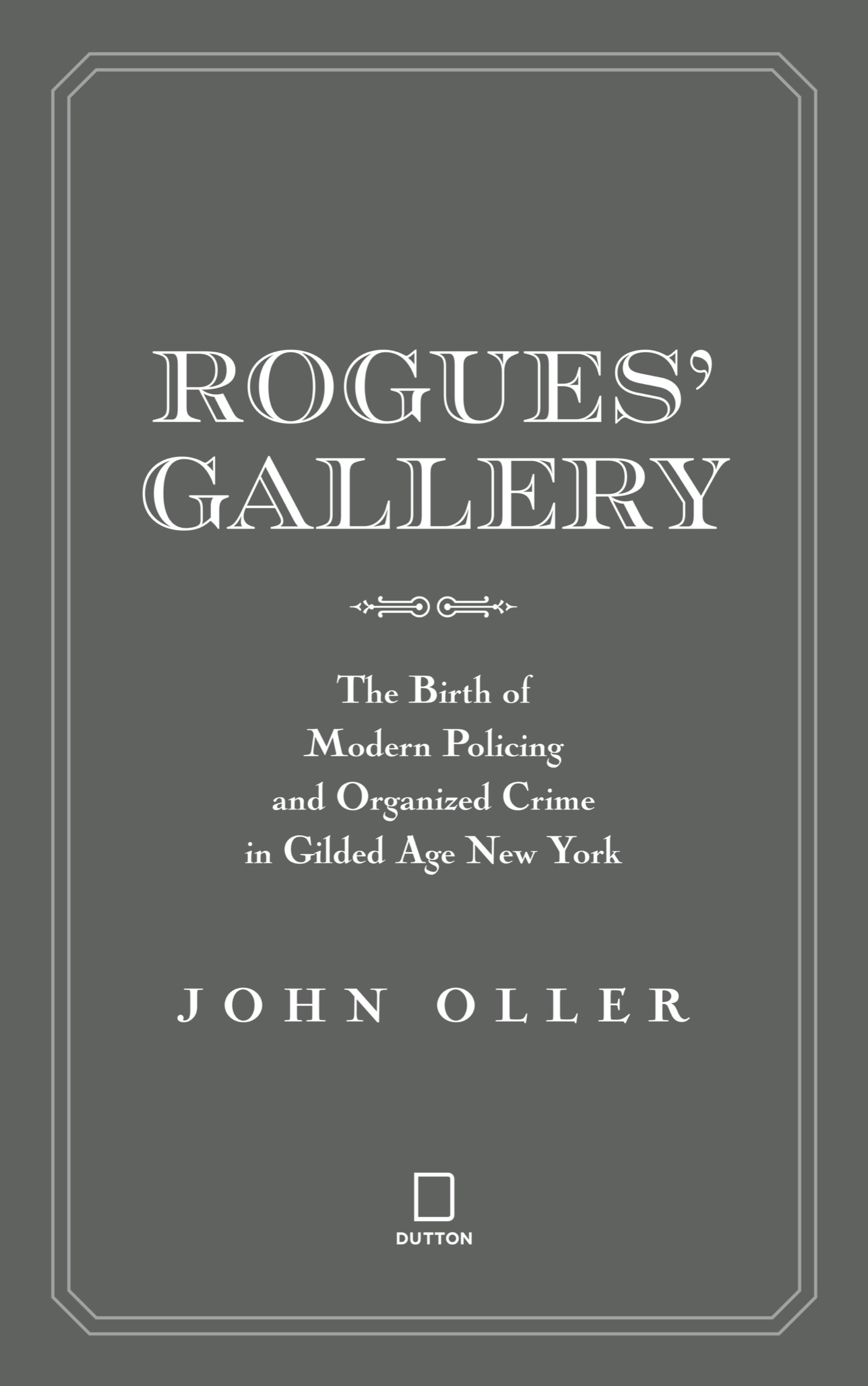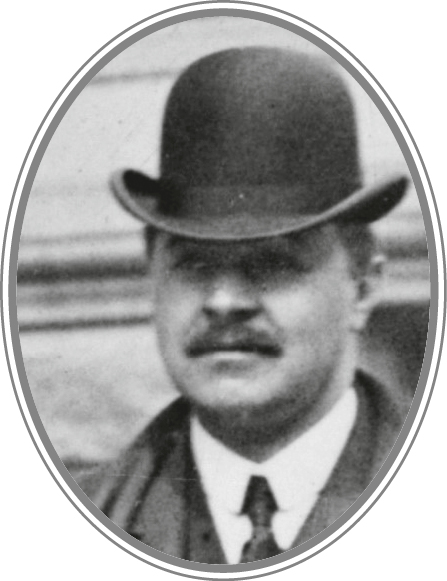ALSO BY JOHN OLLER
WHITE SHOE: HOW A NEW BREED OF WALL STREET LAWYERS CHANGED BIG BUSINESS AND THE AMERICAN CENTURY
THE SWAMP FOX: HOW FRANCIS MARION SAVED THE AMERICAN REVOLUTION
AMERICAN QUEEN: THE RISE AND FALL OF KATE CHASE SPRAGUECIVIL WAR BELLE OF THE NORTH AND GILDED AGE WOMAN OF SCANDAL
AN ALL-AMERICAN MURDER
ONE FIRM: A SHORT HISTORY OF WILLKIE FARR & GALLAGHER LLP, 1888
JEAN ARTHUR: THE ACTRESS NOBODY KNEW

An imprint of Penguin Random House LLC
penguinrandomhouse.com

Copyright 2021 by John Oller
Penguin supports copyright. Copyright fuels creativity, encourages diverse voices, promotes free speech, and creates a vibrant culture. Thank you for buying an authorized edition of this book and for complying with copyright laws by not reproducing, scanning, or distributing any part of it in any form without permission. You are supporting writers and allowing Penguin to continue to publish books for every reader.
Maps 2021 by Chris Erichsen
DUTTON and the D colophon are registered trademarks of Penguin Random House LLC.
library of congress cataloging-in-publication data
Names: Oller, John, author.
Title: Rogues gallery : the birth of modern policing and organized crime in Gilded Age New York / John Oller.
Description: [New York, New York] : Dutton, [2021] | Includes bibliographical references and index.
Identifiers: LCCN 2020051815 (print) | LCCN 2020051816 (ebook) | ISBN 9781524745653 (hardcover) | ISBN 9781524745677 (ebook)
Subjects: LCSH: New York (N.Y.). Police DepartmentHistory19th century. | PoliceNew York (State)New YorkHistory19th century. | Organized crimeNew York (State)New YorkHistory19th century. | New York (N.Y.)History1865-1898. | New York (N.Y.)Social conditions.
Classification: LCC HV8148.N5 O55 2021 (print) | LCC HV8148.N5 (ebook) | DDC 363.209747/1dc23
LC record available at https://lccn.loc.gov/2020051815
LC ebook record available at https://lccn.loc.gov/2020051816
book design by kristin del rosario, adapted for ebook by estelle malmed
While the author has made every effort to provide accurate telephone numbers, internet addresses, and other contact information at the time of publication, neither the publisher nor the author assumes any responsibility for errors or for changes that occur after publication. Further, the publisher does not have any control over and does not assume any responsibility for author or third-party websites or their content.
Cover design by Kaitlin Kall; Cover images: The Inspectors Model (Thomas Byrnes / Getty Images); mugshots [L to R] of Monk Eastman, William Brockway, Lena Kleinschmidt, and Dennis Carroll (public domain)
pid_prh_5.8.0_c0_r0
To my mother
CONTENTS
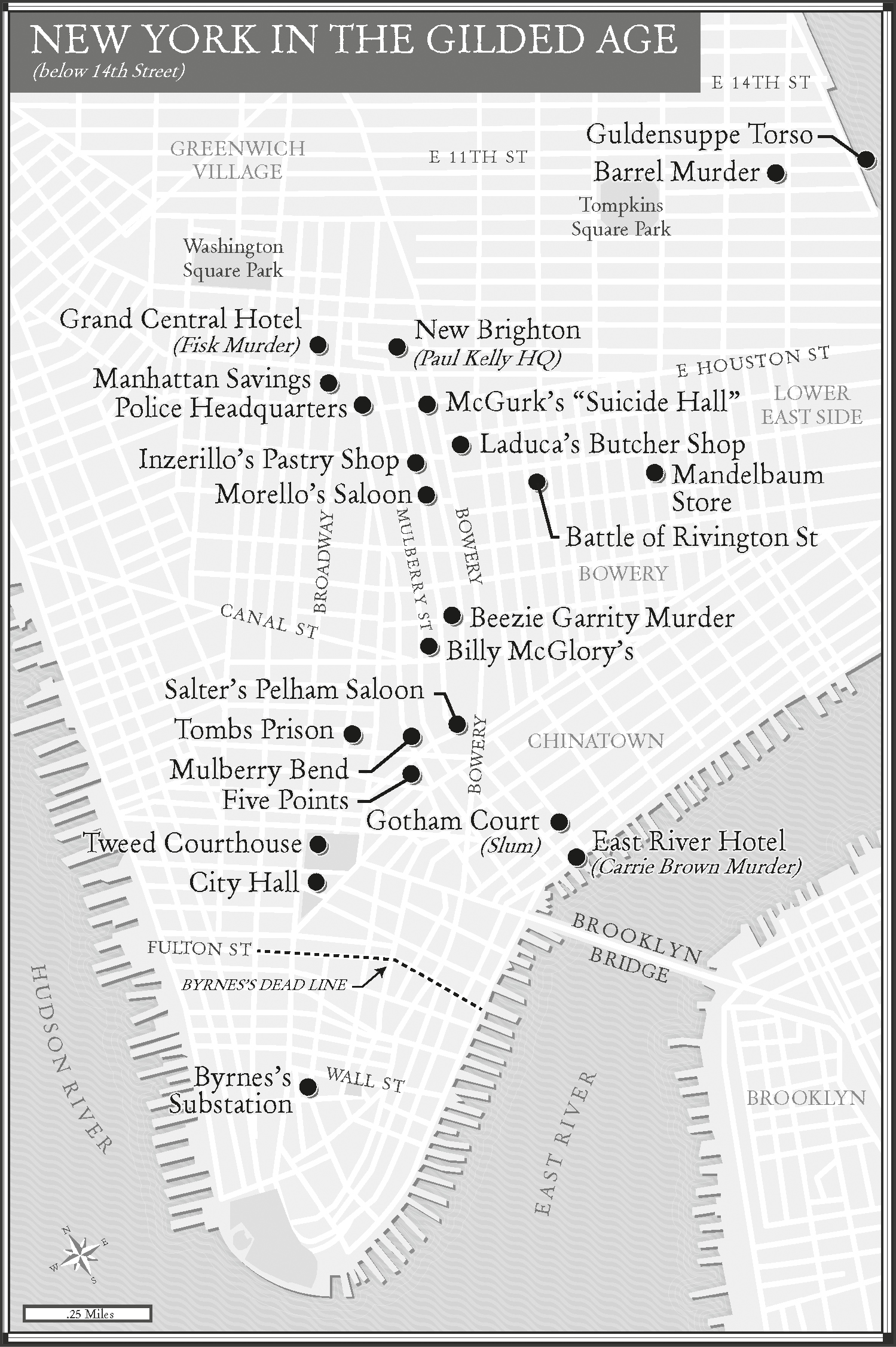
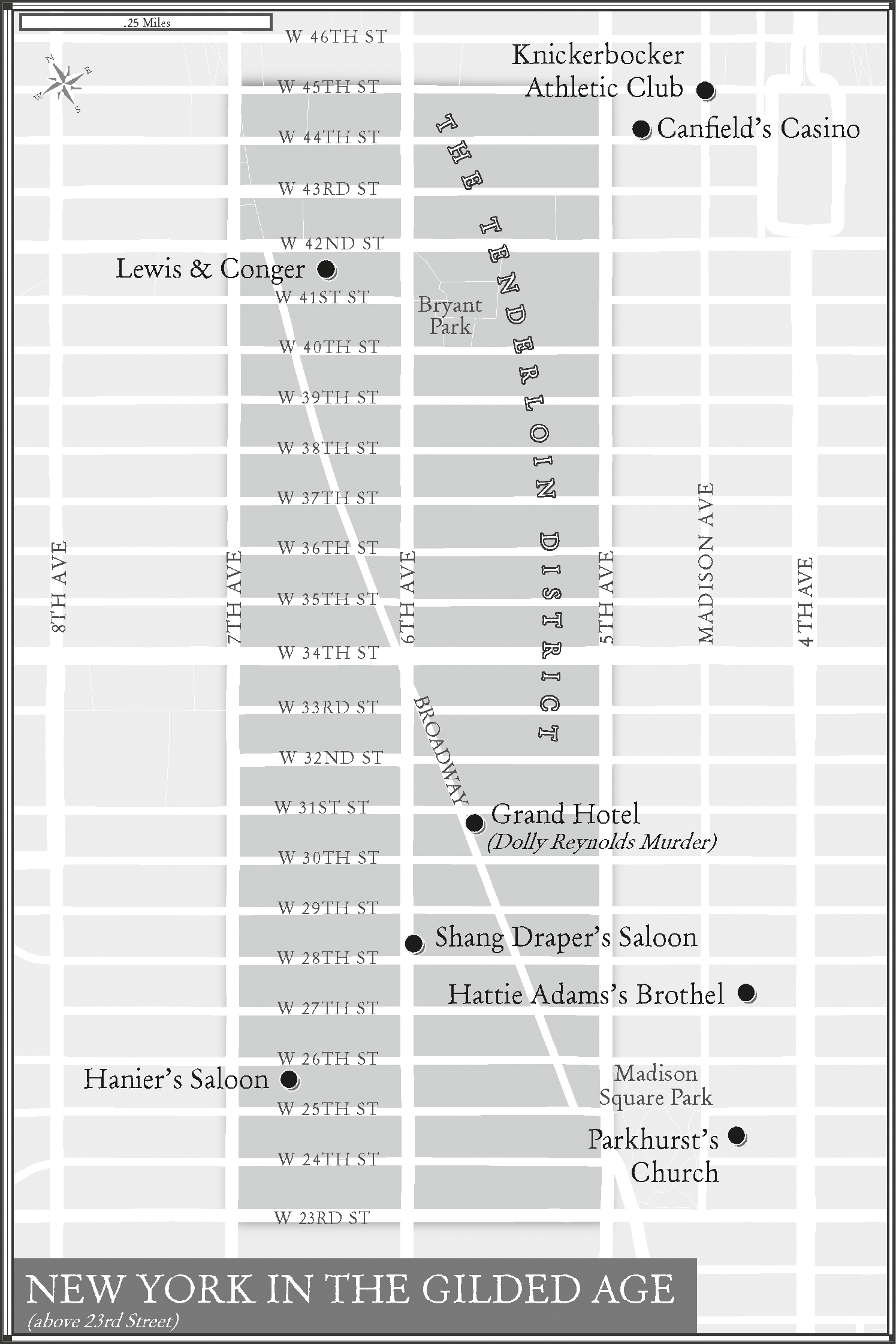
PROLOGUE
FORMING THE PICTURE
The torso was found first: the headless upper part of the body of a well-built man bobbing in the East River on a hot summer day in New York City in 1897. Wrapped in floral-patterned red oilcloth, the type used to cover kitchen tables and line cupboards, the tightly tied package was pulled from the water by a group of boys playing near the pier at the foot of East Eleventh Street. The mans chest was sawed off just below the rib cage and was missing a sliced-out hunk of flesh.
The following day, ten miles away, a man and his two sons were out picking berries in the woods in a sparsely settled part of the Bronx, near the High Bridge Aqueduct, when they stumbled upon the lower part of the body, minus the legs. This bundle, too, was wrapped in red oilcloth.
Three days later, the severed legs showed up in another package near the Brooklyn Navy Yard, where sailors from the USS Vermont fished it from the river.
All that was missing now was the head.
Among the first New York police detectives assigned to the case was thirty-one-year-old Arthur Carey, a boyish-faced, Staten Islandborn son of an Irish cop. A veteran of the central detective bureau in Lower Manhattan, Carey specialized in homicide cases. But lately he had been patrolling the beat in Goatville, the Bronx precinct where the lower torso had been discovered in the woods. Like Russians banished to Siberia, police officers who fell out of favor during one of the departments periodic political shake-ups were reassigned to Goatville, where nothing much ever happened.
Detective Arthur Carey, the Murder Man who led the investigations of many sensational homicide cases and headed the New York Police Departments first homicide squad.
That had been Careys fate, in 1895, after his mentor, police chief Thomas F. Byrnesthe most famous cop in Americawas forced into retirement by Theodore Roosevelt, the new head of the Board of Police Commissioners. The reformer Roosevelt had taken office in the wake of a highly publicized legislative investigation that unearthed rampant police corruption in New York City. Although Carey was not personally implicated in the scandal, the fallout was enough to get him sent to Goatville, where hed been languishing for almost two years.
Careys career would change dramatically beginning on June 27, 1897, when the package containing the limbless midsection was brought into the Bronx precinct station. Carey and his partner unwrapped the bundle to find, in addition to layers of brown paper and burlap, red-and-gold-patterned oilcloth that matched the type enclosing the partial corpse found in the East River the day before. The two pieces of wrapping even fit together. Carey now dismissed the initial police theory that mischievous medical students had cut up a cadaver and dumped it in the river to create a mystery. Instead, the matching oilcloth suggested a carefully coordinated crime by the same hand. He also noted, as confirmed later by city morgue doctors who fit the body parts together like a jigsaw puzzle, that the body appeared to have been crudely hacked with a saw, not a precision medical knife. Carey was sure this was no joke. Despite his exile to Goatville, Murder followed me here, Carey would later recall.
As he continued examining the body, Carey spotted something else: a small ink stamp on a piece of wet brown wrapping paper stuck to the mans back, which read, Kugler & Wollens Hardware, 277 Bowery. Carey guessed that the saw had been purchased there. So, he took the Third Avenue elevated train down to the corner of Bowery and Houston, near the central headquarters station at 300 Mulberry Street, where he had begun his detective career under Byrnes.

